
Volvo XC70 Estate (2007-2016) engines, drive and performance
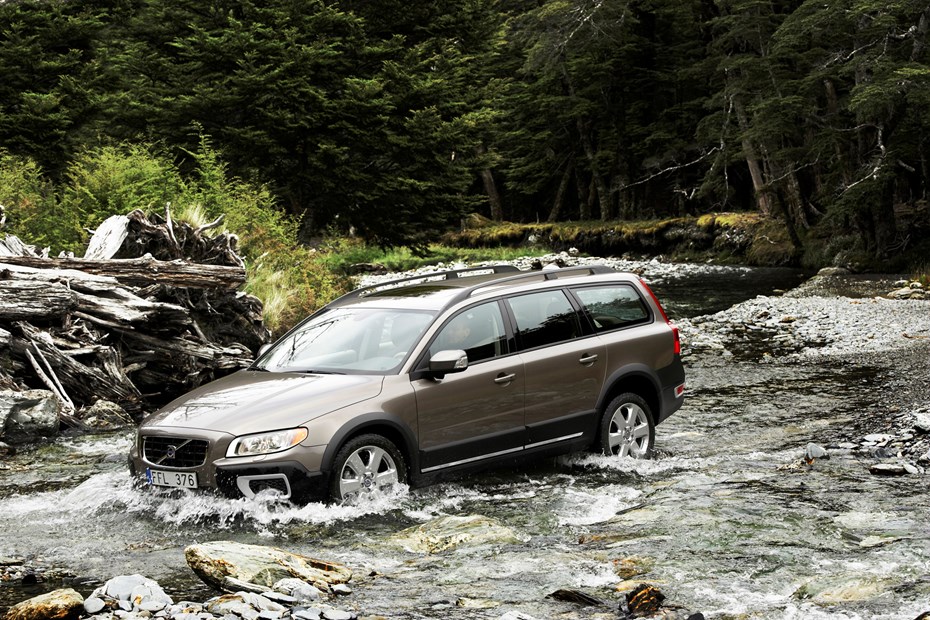
The XC70 was originally available with a 3.2-litre six-cylinder petrol. The 238bhp petrol sounded impressive on start-up and was no slouch either, accelerating from 0-60mph in just 8.1 seconds. It came with the automatic Geartronic gearbox as standard, but while it was very smooth, it was also very thirsty and averaged just 25mpg. In 2009 the 3.2-litre engine was replaced by a more powerful turbocharged 3.0-litre T6 which has 285bhp and can sprint from 0-60mph in just 7.1 seconds – that’s excellent Volvo XC70 performance. It’s still very thirsty though and averages the same 26.7mpg fuel economy.
Diesel engines
Unsurprisingly, the diesels are vastly more popular. The original D5 turbodiesel had 185bhp, but this was superseded by a 215bhp version in 2009 that delivers 0-62mph in 8.0 seconds coupled to a manual gearbox. There’s the option of an auto transmission and all D5 models come with four-wheel drive as standard.
The 163bhp D4 has a 2.0-litre turbodiesel offered in front- or four-wheel drive guises with manual or auto ’boxes. The front-drive manual version offers 0-62mph in 10.2 seconds and fine 51.4mpg average fuel economy. The diesels are a little gruff but they serve up plenty of pulling power and make for relaxed cruising.
Parkers recommends
If you’re not intending to go off-road or tow with the XC70, the front-drive D4 makes most sense for running costs, but the D5 is the better towing machine.
One of the key advantages of the XC70 over a traditional 4x4 is its relatively low stance making it feel far more agile on the road. Overall it’s very similar to a conventional estate car on the road, with well controlled body roll when cornering and a comfortable ride. However, the steering lacks feel so it’s rarely an involving car to drive. It’s surprisingly capable off-road though and compared against similar cars such as the Audi A6 Allroad, can tackle trickier ground.
It has greater ground clearance than the A6 Allroad, even when the Audi’s air suspension is raised to its highest setting and the XC70 also has more generous approach, departure and ramp angles. The all-wheel drive system usually drives the front wheels, but when sensors detect the front wheels slipping, drive is also sent to the rear wheels. The front-wheel drive DRIVe model does without the four-wheel drive ability of other models, but it’s high ground clearance is useful on loose, uneven surfaces.


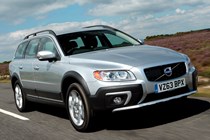
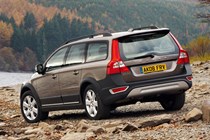
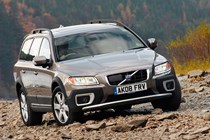
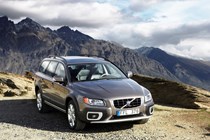
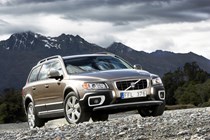
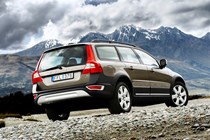
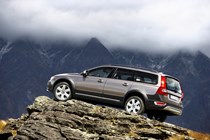

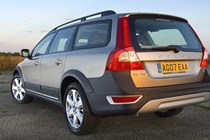
.jpg)
.jpg)
.jpg)
.jpg)
.jpg)
.jpg)
.jpg)

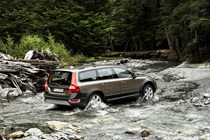

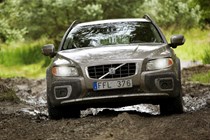

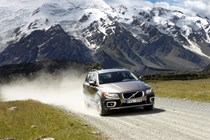
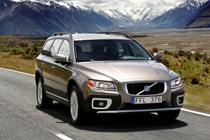
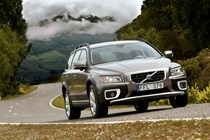

.jpg)
.jpg)
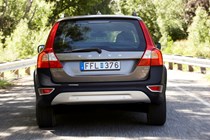
.jpg)
.jpg)
.jpg)
.jpg)
.jpg)
.jpg)
.jpg)
.jpg)
.jpg)
.jpg)
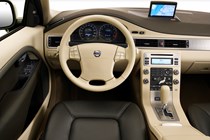
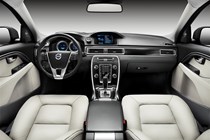
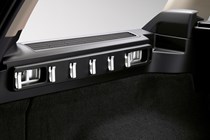


.jpg)
.jpg)
.jpg)
.jpg)
.jpg)
.jpg)
.jpg)
.jpg)
.jpg)
.jpg)
.jpg)
.jpg)
.jpg)
.jpg)
.jpg)
.jpg)
.jpg)
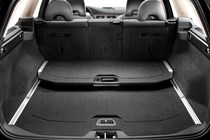
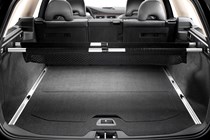
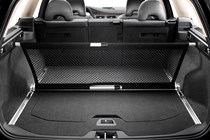
.jpg)
.jpg)
.jpg)
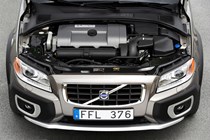
.jpg)
.jpg)
.jpg)









.jpg?quality=50)
.jpg?quality=50)
.jpg?quality=50)
.jpg?quality=50)
.jpg?quality=50)
.jpg?quality=50)
.jpg?quality=50)









.jpg?quality=50)
.jpg?quality=50)

.jpg?quality=50)
.jpg?quality=50)
.jpg?quality=50)
.jpg?quality=50)
.jpg?quality=50)
.jpg?quality=50)
.jpg?quality=50)
.jpg?quality=50)
.jpg?quality=50)
.jpg?quality=50)





.jpg?quality=50)
.jpg?quality=50)
.jpg?quality=50)
.jpg?quality=50)
.jpg?quality=50)
.jpg?quality=50)
.jpg?quality=50)
.jpg?quality=50)
.jpg?quality=50)
.jpg?quality=50)
.jpg?quality=50)
.jpg?quality=50)
.jpg?quality=50)
.jpg?quality=50)
.jpg?quality=50)
.jpg?quality=50)
.jpg?quality=50)



.jpg?quality=50)
.jpg?quality=50)
.jpg?quality=50)

.jpg?quality=50)
.jpg?quality=50)
.jpg?quality=50)